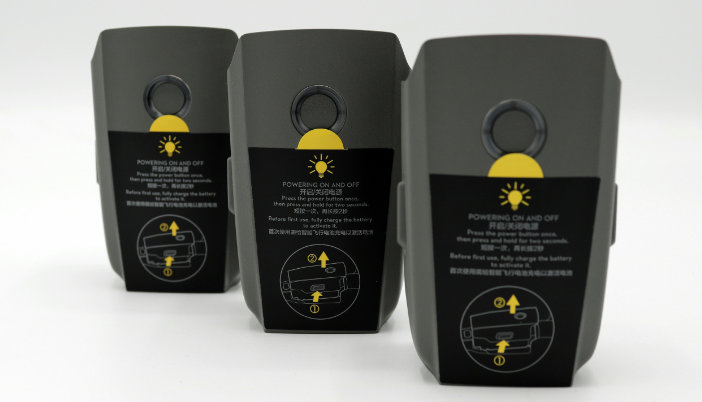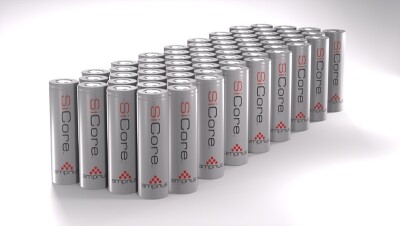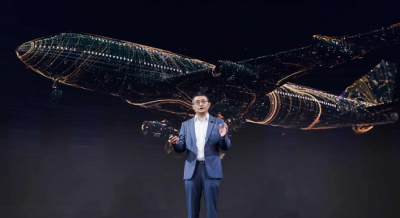Even though the drone industry has seen several big advancements in the past few years, drone flight times are still short due to battery limitations. This is a subject of great concern to many and one that various companies continue to research to further open doors to what drones can do. In this new three-part series, we will explore some of the companies that are actively contributing to improving drone flight times through electric, hybrid, and alternative fuel powering solutions.
Drones typically use high-rate lithium batteries, which are lightweight and have high energy density and high current resistance. The drone battery system provides the actual power needed by the engines to take off, and its performance will significantly affect the overall flight time, speed, and stability of the drone. Therefore, the demand for high-quality drone batteries is also growing.
The choice of battery type depends on various factors such as the size and weight of the drone, its intended use, flight duration requirements, and cost considerations. Here are some of the different battery types available:
- Lithium Polymer (LiPo): One of the most common choices for consumer and hobbyist drones, since they offer a high energy density, allowing drones to achieve longer flight times compared to other battery types of similar size and weight. LiPo batteries are lightweight and come in various capacities and voltages, making them suitable for a wide range of drone sizes and configurations.
- Lithium-Ion (Li-ion): While less common in consumer drones compared to LiPo batteries, Li-ion batteries are sometimes used in professional or industrial drones where longer flight times or specific safety requirements are needed. Li-ion batteries offer similar energy density to LiPo batteries but may have different charging and handling requirements.
- Solid-State: Still in the research and development stage, and not yet widely available for consumer applications, solid-state batteries hold promise for future drone technology. These batteries offer advantages such as higher energy density, improved safety, and longer lifespan compared to traditional lithium-ion batteries, making them potentially well-suited for drones requiring high performance and reliability.
As the demand for longer drone flight times continues to grow, there are numerous companies in the field contributing to advancements in drone battery technology. The following list is not exhaustive but represents some of the companies that are actively working towards new and improved solutions.
Rose Batteries
With years of experience building batteries for FAA applications and FAA Type Certifications, Rose Batteries manufactures batteries for drones that operate on air, sea, and land. The company works with all major battery technologies, with a focus on lithium-ion batteries for drones, and claims that its number one differentiator is its engineering design capabilities. This also includes the ability to provide sophisticated, custom Battery Management System (BMS) designs.
Fullymax
As a professional manufacturer of high-power lithium polymer batteries and battery packs, Fullymax produces around 55 million lithium polymer cells annually and provides customized battery solutions including both cells and battery packs according to customer requirements. According to the company, its batteries are currently in use in a wide variety of applications, including drones in agriculture, aerial photography, and cargo delivery.
Fullymax developed an UAV Battery for agriculture, featuring a long cycle life that offers “excellent high-temperature storage performance, conforming to outdoor operation requirements” and “excellent safety performance and consistency.” The company also developed a UAV Smart Battery for mapping, forest-fire protection, environment monitoring, and more, which features an LCD screen to display customizable battery information.
Amprius Technologies
Claiming to deliver up to 200% greater run time, Amprius’ high-performance lithium-ion batteries, SiMaxx, use silicon instead of carbon to achieve higher energy density. In conventional lithium-ion batteries, the anode is made of carbon in the form of graphite, and graphite has reached its energy density limit. On the other hand, silicon can store up to 10 times more lithium compared to graphite, enabling batteries to have much greater energy, and capacity. As an example, Amprius states that a drone using batteries with a carbon anode can fly for 24 minutes, whereas with a SiMaxx battery, it can fly for 42 minutes instead.
Stafl Systems
From electric supercars to aircraft, submersibles, mining equipment, and drones, Stafl Systems wants to push the boundaries of technology and performance in electric and hybrid-electric vehicles. The company designs and manufactures a wide range of products, including battery packs and BMS. Each high-voltage lithium-ion battery pack is built to meet different application needs, even in harsh environments, and features a built-in Stafl BMS for safety, control, and monitoring.
Recently, Stafl and Amprius announced a partnership to enhance electric mobility, focusing on UAV and UAM applications. By integrating Amprius' SiCore cells into its advanced battery packs, Stafl Systems will benefit from the cells' high energy density. It’s expected that this partnership will set a new industry standard for performance and reliability, addressing a growing demand for sophisticated battery solutions in electric mobility.
















Comments